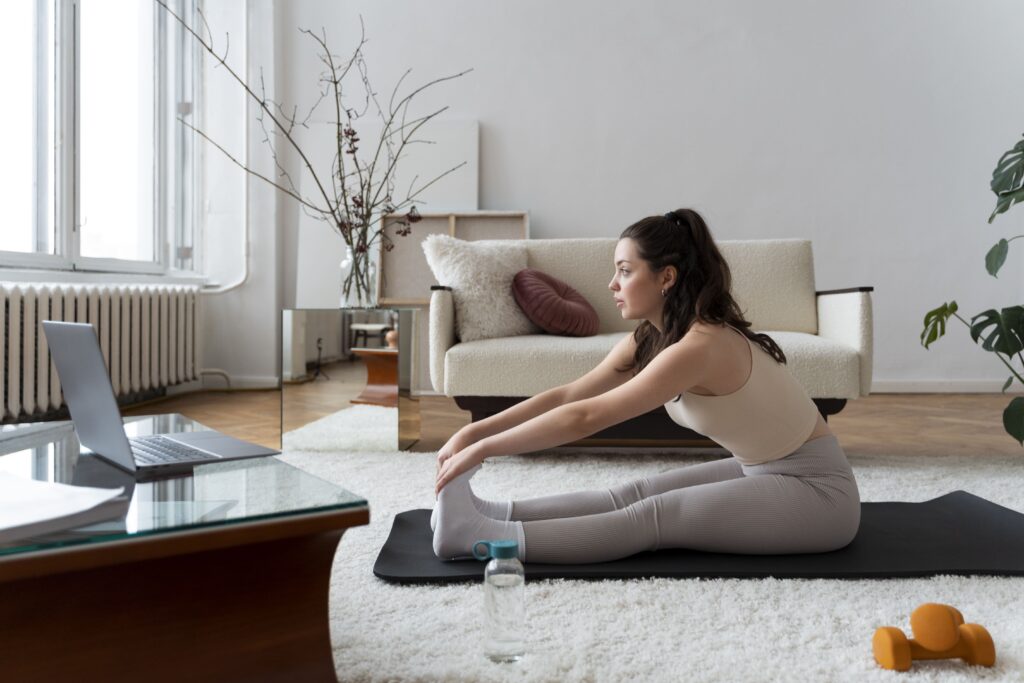So, you’re ready to bring yoga into your daily life — but don’t want to deal with crowded studios, awkward schedules, or monthly memberships? Good news: You don’t need any of it. With a few essentials, some space, and a little intention, you can build a powerful, sustainable home yoga practice right in your living room.
Why Practice Yoga at Home?
Let’s be honest — convenience matters. Life is busy, and not everyone has time to drive to a studio or commit to hour-long classes. A home yoga practice offers:
- Flexibility (literally and figuratively)
- Privacy and comfort
- Freedom to move at your own pace
- A deeper, more personal connection to your body and breath
Whether you’re a complete beginner or returning after a break, your home is a perfect place to begin.
Step 1: Create a Dedicated Space
You don’t need a fancy yoga room to hit home yoga practice. Just find a quiet, uncluttered spot where you can roll out your mat.
Make it inviting. Think:
- Natural light
- A candle or small plant
- A folded blanket or cushion
- Maybe your favorite calming playlist
This small ritual of “setting the space” helps signal to your mind: this time is for you.
Step 2: Choose the Right Style for You
One of the best parts of home yoga practice is that it’s not one-size-fits-all. There are many approaches — and you can explore them from the comfort of home.
Here’s a quick guide to help you find your flow:
- Hatha Yoga – Great for beginners. Slower pace. Focuses on posture and breath.
- Vinyasa Yoga – Dynamic and flowing. Ideal if you want to move and sweat a little.
- Restorative or Yin Yoga – Deep, supported stretches. Gentle and calming.
- Chair Yoga – Perfect for limited mobility or desk-bound days.
- Power Yoga – Fast-paced and strength-building.
Choose what suits your mood, energy, and body each day.

Step 3: Start with Simple Sequences
You don’t need a 90-minute routine as your home yoga practice. Honestly, even 10–20 minutes a day can make a difference — especially if you stick with it.
Try this simple beginner sequence:
- Seated breathing (2 minutes)
- Cat-Cow (1 minute)
- Downward Dog (1–2 minutes)
- Low Lunge (both sides, 2 minutes)
- Warrior II (both sides, 2 minutes)
- Seated Forward Fold (2 minutes)
- Savasana – rest and breathe (3–5 minutes)
That’s it. You’ve moved your body, calmed your mind, and practiced yoga — no studio needed.
Step 4: Use the Right Resources
There’s no shame in following a video — even experienced yogis do it sometimes. For home practice, here’s what helps:
- YouTube classes (look for beginner-friendly, ad-free options)
- Audio-only guidance if you don’t want to stare at a screen
- Books or printable pose charts for offline practice
- Yoga apps with timers and reminders (but avoid overcomplicated ones)
Just make sure your source is reliable — no wild stretches or unsafe poses. If it feels wrong, skip it.
Step 5: Listen to Your Body, Always
At home, you’re your own teacher — which is both empowering and a little tricky.
Keep this in mind:
- Yoga should never hurt
- If a pose feels off, modify or skip it
- Breathe deeply, and don’t rush
- Progress happens naturally over time
Some days will be smooth. Others won’t. That’s okay. The only goal in home yoga practice is to show up.
Step 6: Build a Routine You Can Stick To
Consistency matters more than intensity. Instead of planning an hour a day, commit to something small and realistic.
Try:
- Morning yoga to wake up your body
- Post-work stretching to unwind
- Evening wind-down flow to release the day
Make it part of your lifestyle, like brushing your teeth — not a big, dramatic event.
Pro tip: Keep your mat rolled out. If it’s visible, you’ll be more likely to use it.
Step 7: Track Progress Without Pressure
No, you don’t need to measure inches or count reps. But it’s motivating to notice:
- “Hey, I’m sleeping better.”
- “My back doesn’t hurt like it used to.”
- “I feel calmer after just 15 minutes.”
You can jot this in a journal or just notice it quietly. Over time, these small shifts add up in big ways.
You may also enjoy,
The Top Yoga Trends Bring Magical Results
Final Thought: Start Exactly Where You Are
You don’t need to be flexible. You don’t need to be spiritual. You don’t need the “right body” or the right clothes.
You just need to start.
Your mat — whether on a hardwood floor, a carpet, or your backyard patio — is a space to come back to yourself.
So unroll it, take a breath, and begin.
Your home. Your pace. Your practice.




One Response